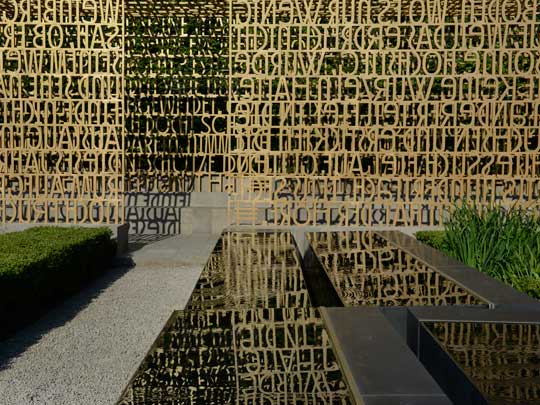Inevitably, many community-based initiatives tend to be framed in conventional terms—a “wished-for world” based on familiar ideals from the past. What is most challenging under such dislocated conditions is to envisage new strategic possibilities that can deliver long-term “necessities of landscape performance.” Brett Milligan’s concept of “corporate ecologies” envisages strategic action being implemented through organizational networks, rather than by top-down policy or single site intervention. In Christchurch, it is not corporations, but non-governmental organizations and not-for-profits such as Gap Filler, Greening the Rubble, and the Student Volunteer Army that have emerged as key agents in bottom-up recovery actions. They prefigure a significant extension of landscape architectural activity from specific sites, to multiple spaces and places of engagement with landscapes—where human relationships with landscape are “designed” through manipulating the tools and practices of everyday life.
Perhaps the problem is that, as designers, we misunderstand the significance of indeterminacy. The contemporary world is in thrall to the paradigm of choice and open-ended possibilities—What would you like to buy? Which scene do you prefer? Which design should we select and how many different ways might it turn out? Sudden, unpredictable, and traumatic landscape transformations challenge the presumption of ever-expanding choice and the excitement of uncertainty, and instead focus attention upon how to make decisions over those things that are vital to life and which we can have some hope of influencing.
Jacky Bowring, Simon Swaffield, Shifting Landscapes In-Between Times (2013)
Thierry Kandjee + Taktyk, Alive Architecture, Parkfarm (2014-2015)




































